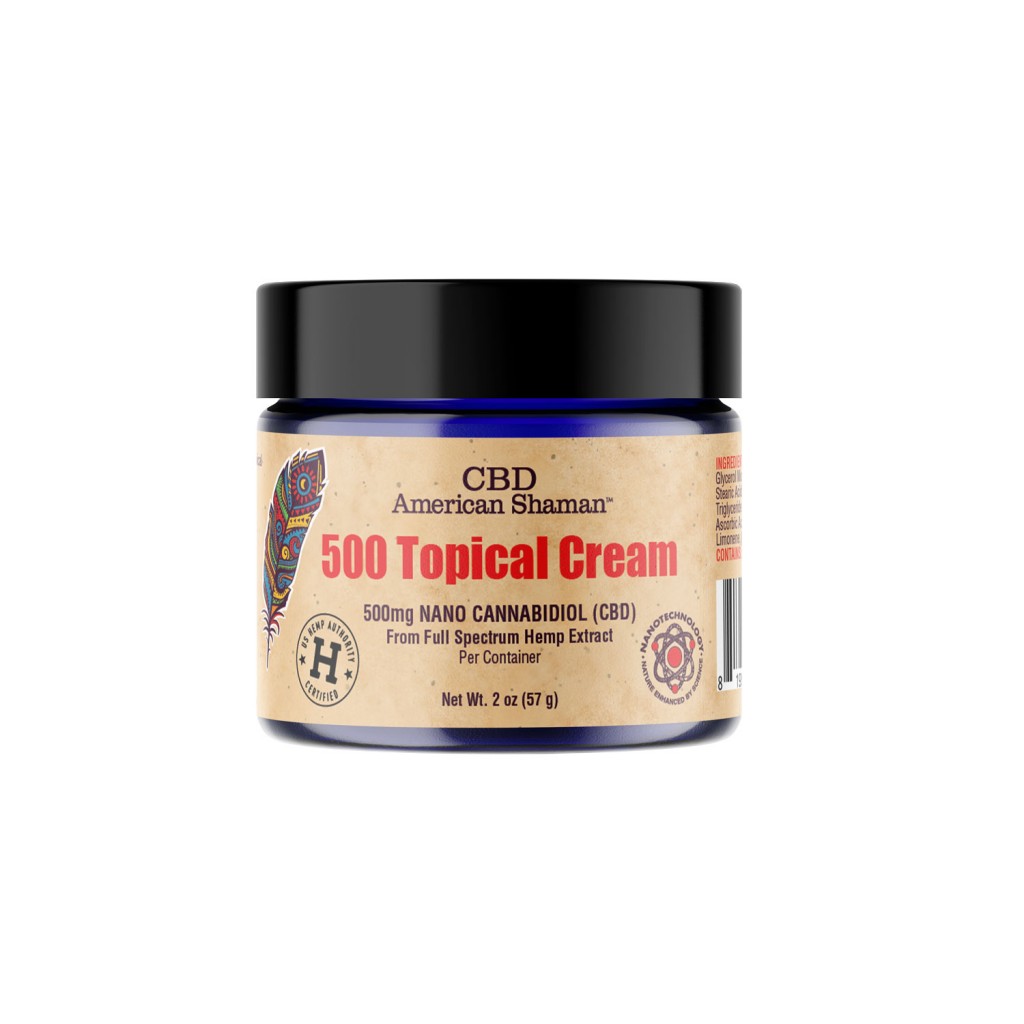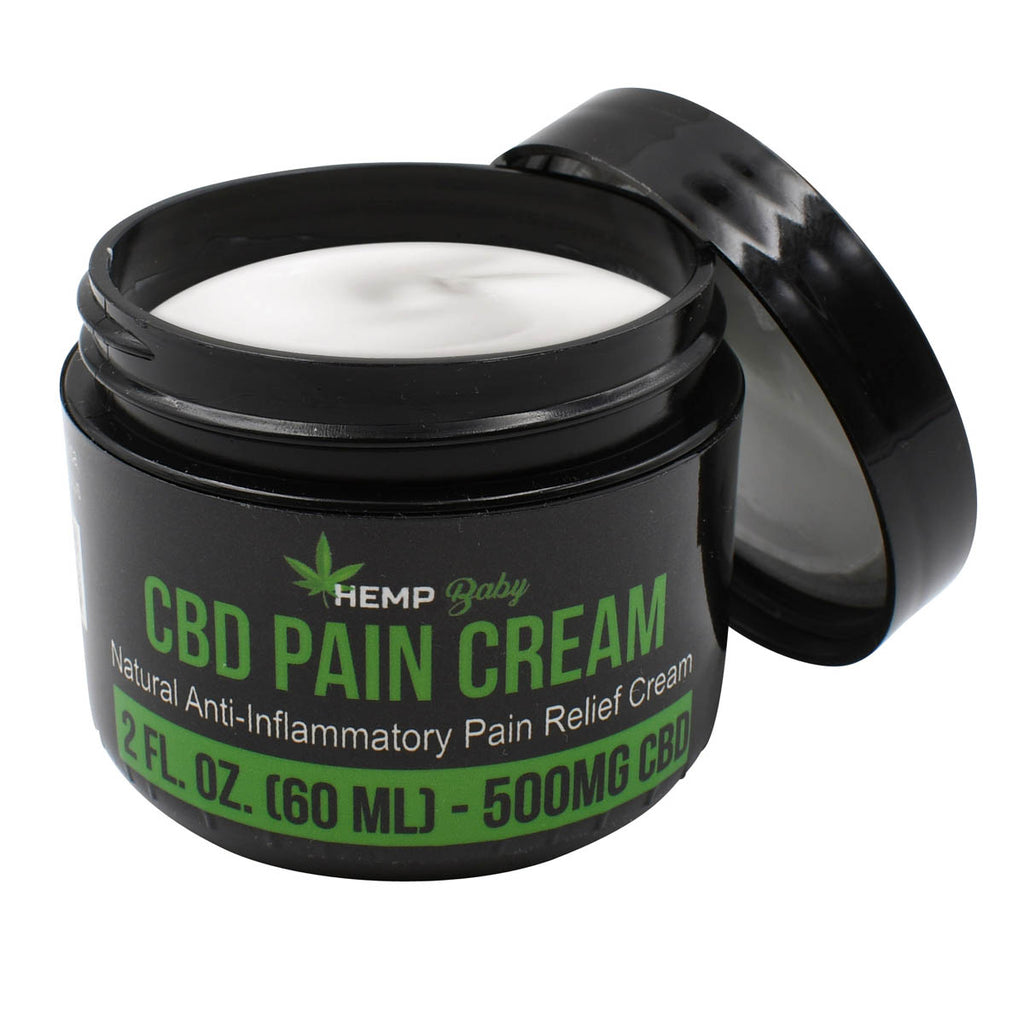Serenity CBD Arnica: Take Advantage Of the Power of Nature's Solutions for Total Wellness
Serenity CBD Arnica: Take Advantage Of the Power of Nature's Solutions for Total Wellness
Blog Article
Check Out the Science Behind CBD Pain Lotion and Its Therapeutic Results
As the demand for natural pain alleviation choices remains to climb, the scientific neighborhood has transformed its attention to the restorative effects of CBD discomfort cream. Understanding the intricate mechanisms whereby CBD connects with the body's endocannabinoid system to minimize pain is crucial in deciphering its efficacy. From its anti-inflammatory residential or commercial properties to the complicated neurological effects that modulate discomfort understanding, CBD's possible as a discomfort monitoring service is a subject of continuous research study and clinical passion. Remain tuned to unwind the scientific research behind CBD discomfort cream and how it holds promise for those seeking alternative opportunities for discomfort alleviation.
Endocannabinoid System and CBD Discomfort Relief
What role does the endocannabinoid system play in CBD discomfort relief? The endocannabinoid system (ECS) is an intricate network of receptors, enzymes, and endocannabinoids that play an essential duty in regulating various physical processes, including discomfort experience. When CBD is used topically or ingested, it connects with the ECS to modulate discomfort perception and swelling. CBD exerts its results by targeting cannabinoid receptors, especially CB1 and CB2 receptors, which are abundant in the main nerve system and immune cells, respectively. By binding to these receptors, CBD can inhibit the transmission of discomfort signals and reduce swelling, leading to discomfort relief.

Systems of CBD for Pain Administration
Discovering the complex systems through which CBD operates in pain monitoring discloses its possible as an important restorative tool in reducing different forms of discomfort. When CBD is carried out, it modulates these receptors, influencing neurotransmitter launch and wetting discomfort signals.

Anti-Inflammatory Residences of CBD
In clarifying the efficacy of CBD in pain management, a significant element hinges on its powerful anti-inflammatory residential properties. CBD, or cannabidiol, has actually amassed attention for its ability to regulate inflammatory reactions within the body. Swelling is an intricate organic feedback that plays a critical role in the body's immune system, but when it comes to be chronic, it can add to numerous health and wellness concerns, including pain. CBD communicates with the endocannabinoid system, especially targeting CB2 receptors discovered their explanation in the immune cells. By activating these receptors, CBD can help control immune reactions and minimize swelling.
Research studies have shown that CBD can hinder inflammatory conciliators and cytokines, thereby moistening the inflammatory cascade. This anti-inflammatory impact is especially appealing for conditions characterized by chronic swelling, such as joint inflammation, inflammatory bowel illness, and neuropathic pain. By minimizing swelling, CBD not just addresses the signs yet likewise targets the underlying cause of discomfort, making it a beneficial healing representative for handling a large range of inflammatory conditions.
Neurological Results of CBD on Discomfort
CBD puts in extensive neurological impacts on pain assumption via its communication with specific receptors in the central nerves. The endocannabinoid system, which makes up cannabinoid receptors (CB1 and CB2) and endocannabinoids created by the body, plays a crucial duty in modulating discomfort signals. CBD connects with these receptors, largely CB1 found in the brain and CB2 located in the immune cells, to apply its analgesic results. By influencing the activity of these receptors, CBD can help manage discomfort level of sensitivity and swelling, supplying prospective healing benefits for individuals suffering from various sorts of discomfort problems.
Studies have shown that CBD's action on the endocannabinoid system can lead to the inhibition of pain signaling paths, minimizing the understanding of discomfort. Additionally, CBD has actually been located to have neuroprotective residential or commercial properties, which can assist ease neuropathic discomfort by protecting nerve cells from damage. The capacity of CBD to regulate discomfort at a neurological level makes it an appealing option for taking care of chronic discomfort problems where traditional therapies may fail.
Scientific Studies Supporting CBD Discomfort Alleviation

Verdict
Finally, the science behind CBD discomfort cream exposes its prospective restorative impacts via the inflection of the endocannabinoid system. CBD's mechanisms for discomfort management include its anti-inflammatory residential properties and neurological impacts on pain perception. Professional researches sustain using CBD for discomfort alleviation. More research is required to completely understand the extent of CBD's benefits in taking care of various sorts of pain.
As the need for all-natural discomfort relief alternatives continues to climb, the clinical community has actually transformed its interest to the healing results of CBD pain cream. From its anti-inflammatory residential properties to the facility neurological effects that visit here modulate pain assumption, CBD's potential as a pain monitoring option is a topic of ongoing study and professional passion.Building upon the understanding of CBD's neurological results on pain perception, professional research studies have actually provided valuable insights into the efficacy of CBD in giving discomfort alleviation. A research study published in the European Journal of Discomfort demonstrated that applying CBD topically reduced discomfort and inflammation in rats with joint inflammation without any type of evident side impacts. CBD's mechanisms for discomfort management include its anti-inflammatory residential properties and neurological effects on pain understanding.
Report this page